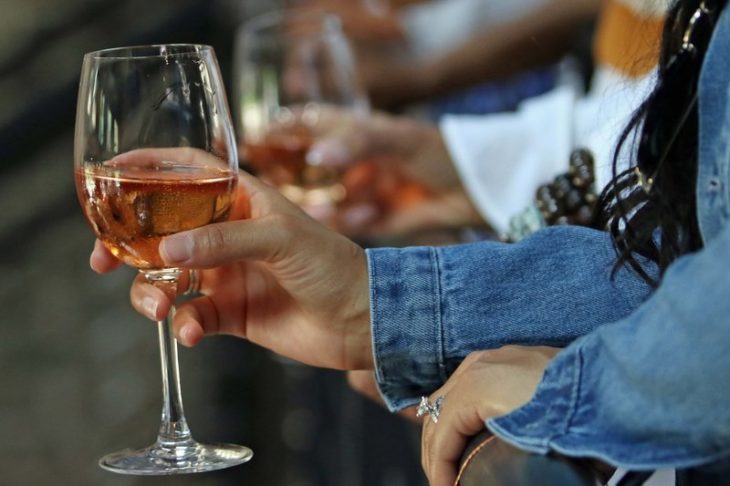Startling things: The top 10 percent of adult drinkers account for around 60 percent of alcohol sales. They drink 10 drinks a day.
This is according to Philip J. Cook’s “Paying the Tab,” based on findings from the National Epidemiologic Survey on Alcohol and Related Conditions (NESARC). As Christopher Ingraham points out at the Washington Post, this is not an uncommon trend in sales for any consumer goods — the top 10 percent of consumers of any particular item make up for the majority of the sales of that item. It’s called the Pareto Law. It’s logical, it makes sense. But if industries cater their marketing to their most loyal customers, and the alcohol industry’s most loyal customers are drinking 10 drinks a day, the alcohol industry becomes basically the biggest enabler in the world. Losing that 10 percent of people, who by most standards are alcoholics, would be devastating to the alcohol industry.

Source: npr
I don’t want to run around in circles waving my arms over my head saying “Free market capitalism is evil! FREE MARKET CAPITALISM IS EVIL!!!” because that would make me look crazy. But what do you do with this? How do you address the human side of these statistics while also conceptualizing alcohol marketing as a successful part of our economy? If the industry hinges on ensuring that alcoholics continue to be alcoholics, how can you perceive their profit-making mechanism as ethical without just being in a state of denial?
By the way, I am a huge fan of Alcoholics Anonymous, which has been a wonderful and consistent source of support for several people I know and love. I have seen lives change before my eyes because of AA. If you’ve been troubled by your alcohol consumption, please consider finding your local meeting.
Original by:
